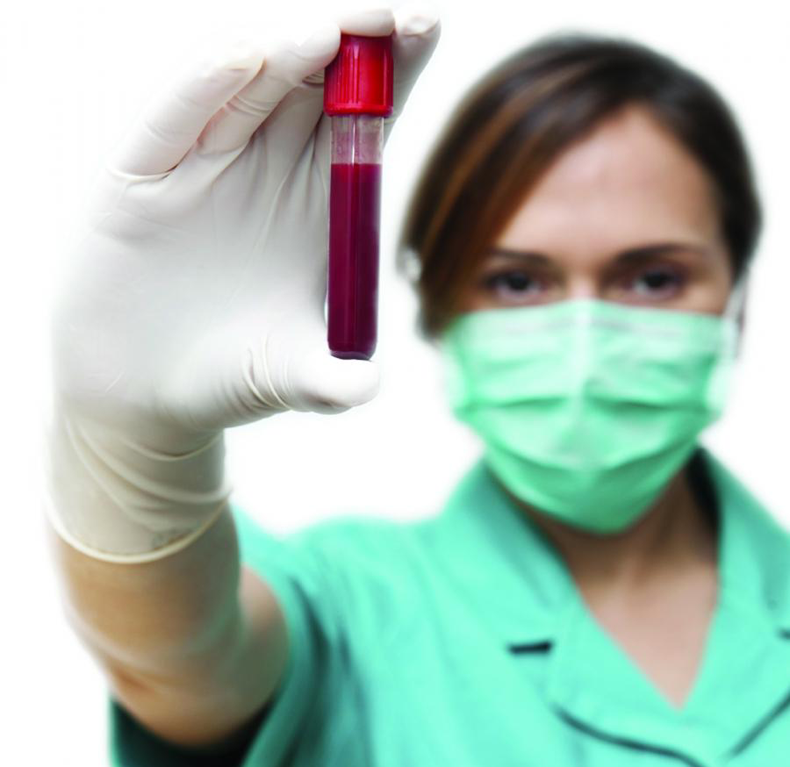Become a Certified Phlebotomist: Your Step-by-Step Guide to Earning Certification
Are you considering a career in healthcare? Phlebotomy, the art of drawing blood, is a crucial skill in the medical field, providing essential services for diagnosis and treatment. In this comprehensive guide, we’ll walk you through the steps to become a certified phlebotomist, share the benefits of certification, and offer practical tips for success.
What is Phlebotomy?
Phlebotomy involves collecting blood samples from patients for testing, transfusions, or research. Phlebotomists must have a thorough understanding of anatomy, patient care, and safety protocols. Certification is vital as it demonstrates your competency and professionalism to employers.
Why Become a Certified Phlebotomist?
- Enhanced Job Opportunities: Certification can make you more attractive to employers and open doors to various healthcare settings, from hospitals to private laboratories.
- Higher Earning Potential: Certified phlebotomists typically earn higher salaries than those without certification.
- Professional Growth: Certification can lead to further training and specialization in areas such as donor phlebotomy or laboratory technology.
Step-by-Step Guide to Earning Your Phlebotomy Certification
Step 1: Complete a Phlebotomy Training Program
Your journey to becoming a certified phlebotomist begins with completing an accredited phlebotomy training program. These programs typically last from a few months to a year and cover essential topics, including:
- Basic anatomy and physiology
- Blood collection techniques
- Infection control procedures
- Patient communication and care
Step 2: Gain Hands-On Experience
Alongside theoretical knowledge, hands-on experience is crucial. Look for programs that offer clinical training, where you can practice skills under the supervision of trained professionals. Most certification bodies require a specific number of blood draws as part of their eligibility criteria.
Step 3: Choose a Certification Organization
Several organizations accredit phlebotomy certification, including:
| Organization | Certification Offered | Continuing Education Requirement |
|---|---|---|
| American Society for Clinical Pathology (ASCP) | Phlebotomy Technician (PBT) | 1 hour every 3 years |
| National Center for Competency Testing (NCCT) | National Certified Phlebotomy Technician (NCPT) | 14 hours every 2 years |
| National Healthcareer Association (NHA) | Certified Phlebotomy Technician (CPT) | 10 hours every 2 years |
Step 4: Prepare for the Certification Exam
Before taking the exam, review the content outline and study guides offered by your chosen certification organization. Consider forming a study group or enrolling in preparatory courses to enhance your understanding of the material. Practice exams can also help familiarize you with the testing format.
Step 5: Pass the Certification Exam
After thorough preparation, it’s time to take the certification exam. Most exams consist of multiple-choice questions that assess your knowledge in phlebotomy practices. A passing score will grant you certification as a phlebotomist.
Step 6: Maintain Your Certification
Certification is not a one-time achievement. Most organizations require continuing education to maintain your credential. Engage in workshops, online courses, and conferences to stay updated on the latest advancements in phlebotomy.
Benefits of Being a Certified Phlebotomist
- Job Security: Phlebotomists are in high demand, particularly as healthcare needs grow.
- Career Advancement: Certification can pave the way for supervisory roles or specialties within laboratory services.
- Personal Satisfaction: Helping patients through their medical journeys can be incredibly fulfilling.
First-Hand Experience: A Phlebotomist’s Journey
Emily, a certified phlebotomist, shares her experience:
“I enrolled in a phlebotomy program after working as a nursing assistant. The hands-on training was twice as rewarding as I expected. I love connecting with patients and making their blood draws as comfortable as possible. Certification opened doors for me, and I now work in a prestigious hospital laboratory.” – Emily, Certified Phlebotomist
Practical Tips for Future Phlebotomists
- Practice Good Communication: Building trust with patients is essential. Be friendly, informative, and empathetic.
- Stay Organized: Keep your materials neat and follow protocols without fail to ensure patient safety.
- Continuous Learning: Always seek ways to expand your knowledge and skills through workshops or further education.
Conclusion
Becoming a certified phlebotomist is more than just a career choice; it’s an opportunity to make a meaningful impact in healthcare. By following the steps outlined in this guide, you’ll be well on your way to earning your certification and stepping into a fulfilling career. Embrace the challenge, stay dedicated, and you’ll find yourself thriving in this essential field.
